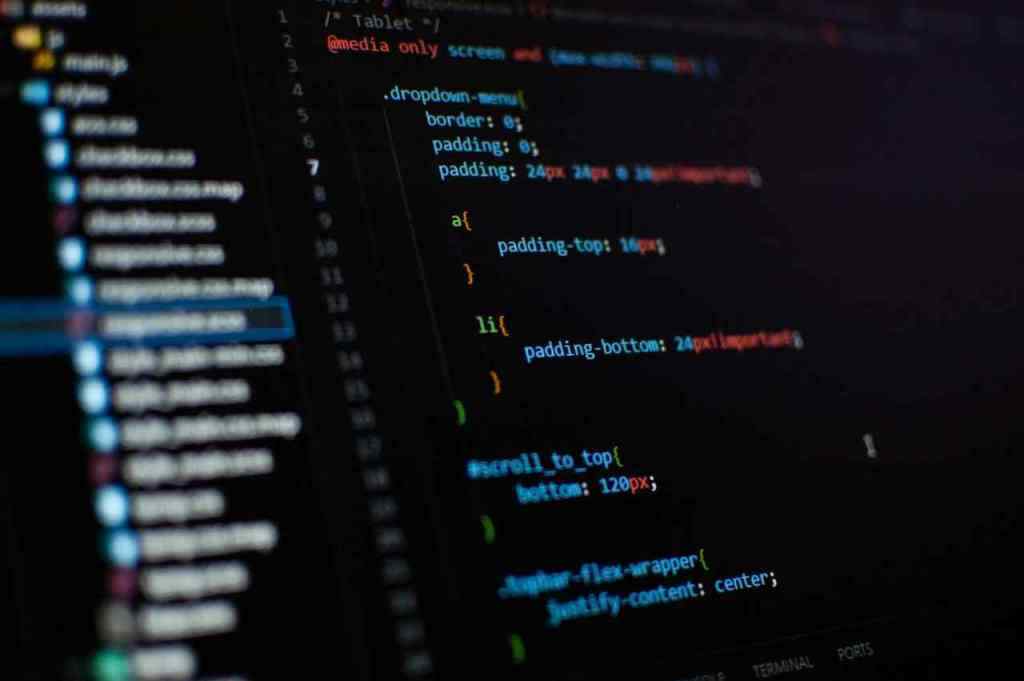Predicting Life and Death: A Deep Dive into Finnish Data and AI
Okay, let’s get real for a sec. Predicting mortality? Sounds kinda dark, right? Like something out of a sci-fi flick where robots decide who lives or dies. But hold up, because this isn’t some dystopian nightmare. This is about using the power of data and artificial intelligence to, well, maybe save some lives down the line.
Our story starts in Finland, land of saunas and seriously impressive data collection. See, the Finns have this thing called the FinRegistry, a massive treasure trove of health and social info on basically everyone in the country. Think medical records, medications, even socioeconomic stuff – it’s all there, some of it going back decades!
Now, imagine unleashing the power of AI on this data goldmine. That’s exactly what some seriously bright minds did. They wanted to see if they could predict who might, unfortunately, pass away within a year, all by using this rich, historical data.
Data, Data Everywhere: Inside the Finnish Data Trove
First things first, let’s talk about the stars of our show – the data itself. We’re talking about a massive study group – every single Finnish resident alive and kicking (and not, you know, chilling on a beach in Bali after emigrating) at the start of – yep, you guessed it – . That’s a whole lotta people, folks.
To keep things squeaky clean and prevent any data leaks (we’re talking science here, people, gotta be precise!), they split the data into three chunks, each representing a year. One for training the AI, one for fine-tuning, and a final one for the big test – seeing how well it actually worked.
Unveiling the Crystal Ball: Methods for Predicting Mortality
Now, let’s talk about the brains of the operation – the model they used to make sense of all this data. These brainiacs went with a Recurrent Neural Network, or RNN for us cool kids. Think of it as a super-powered detective that can connect the dots between past events and future outcomes, like some Sherlock Holmes of the AI world. Why an RNN? Because our health histories are messy, ever-evolving stories, and RNNs are great at understanding those kinds of complex relationships.
Crunching the Numbers: What Did the AI Uncover?
Alright, enough with the tech talk, let’s get to the juicy bits – the results! Did this fancy AI model actually manage to predict who was at risk? In a word, yep. It absolutely crushed it, leaving traditional methods in the dust.
Here’s the thing: the AI wasn’t just good; it was crazy good. It aced pretty much every performance metric the researchers threw at it. We’re talking about things like discrimination (spotting the difference between those who, sadly, passed away and those who didn’t), calibration (making sure the predictions were actually in line with reality), and even figuring out how long someone might have left. It even held its own when they threw a curveball – predicting deaths from all sorts of causes, not just one specific thing.
A Tale of Two Models: AI vs. the Old Guard
Now, for the real nail-biter, the researchers pitted their AI hotshot against a more traditional model – logistic regression, which sounds way more complicated than it is. This old-school approach relies heavily on age and sex to make predictions. No prizes for guessing who won this showdown.
The AI wiped the floor with the traditional model, especially when it came to predicting mortality in younger folks. It turns out, age isn’t everything, and the AI was able to pick up on subtle clues hidden in the data that the old-school model totally missed.
Fairness in Focus: Unmasking Potential Biases
But wait, there’s a plot twist. While the AI’s predictive powers were undeniable, it wasn’t all sunshine and rainbows. This is where things get kinda real, kinda deep. See, when they dug a little deeper, they found some, shall we say, “inconsistencies” in how the AI performed for different groups of people.
For example, it seemed like where you lived in Finland played a role in how accurately the AI could predict your risk. And get this, even your pension level seemed to matter. Yeah, you read that right – the algorithm seemed to be better at predicting outcomes for folks who had their finances more sorted.
Peeking Under the Hood: What Makes the AI Tick?
So, the AI is good, scary good in some ways, but it’s not perfect. And that begs the question – what’s going on under the hood? What is the AI actually picking up on to make these predictions? To answer that, the researchers turned to something called Shapley values.
Think of Shapley values like those breakdowns you see after a sports game, telling you which players contributed the most to the win. In this case, the “players” are the different pieces of data – medical history, socioeconomic factors, you name it. And the Shapley values basically told the researchers which of these factors were most influential in the AI’s predictions.
The Future of Prediction: A World of Possibilities (and Ethical Dilemmas)
This Finnish adventure into the world of AI and mortality prediction is just the tip of the iceberg. It’s a glimpse into a future where we might be able to use data to identify individuals at risk, personalize healthcare, and maybe even nudge people towards healthier choices. But, and this is a big but, it also raises a whole bunch of ethical questions that we, as a society, need to grapple with.


